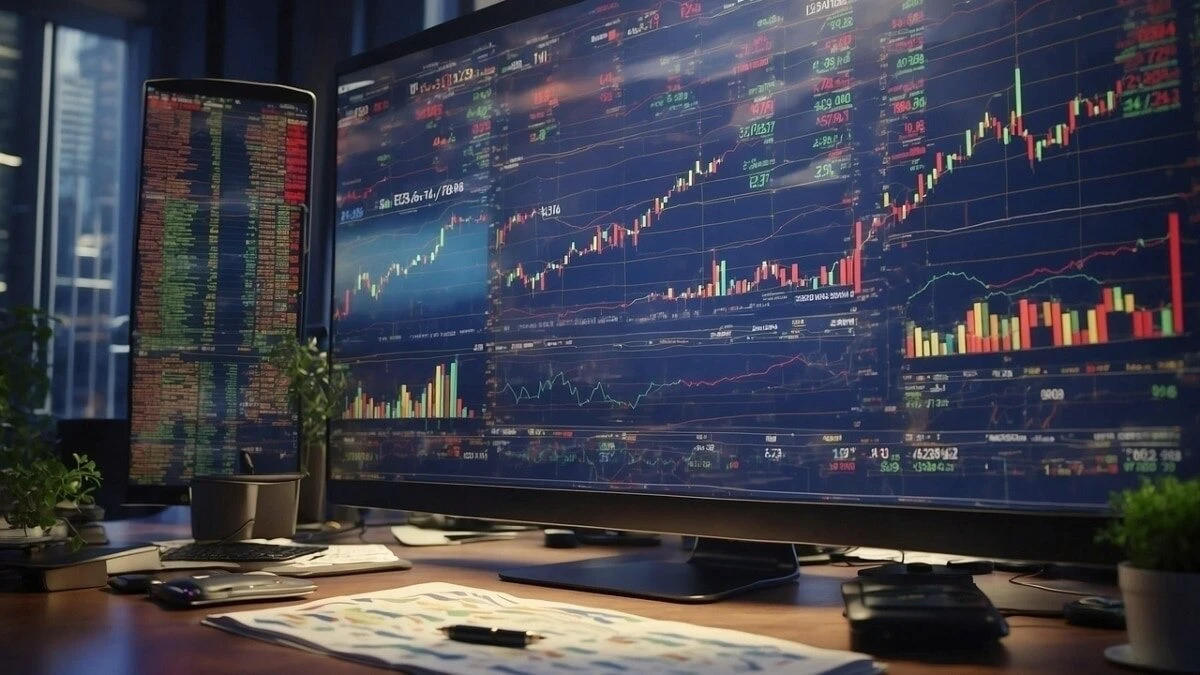Hedge fund manager Akshat Shrivastava has said that fears of a massive market crash are overstated, arguing that macroeconomic fundamentals remain largely supportive of growth over the next five years.
“There are two viewpoints in the market. Viewpoint one is that everything is hitting an all-time high. For example, US stock market has hit an all-time high. Gold has hit an all-time high, real estate all-time high, Indian equities not all-time high right now, but it is likely to go up,” he said in a recent video.
He contrasted that optimism with the “pessimistic” view that focuses on U.S. debt levels, a weakening dollar, and fears of an economic collapse. “People are getting confused that should you be investing your money or should you just wait for a 30-40% crash in the market and then deploy your money because if at that point you deploy, you’ll make crazy gains. So, is this 30-40% crash coming? The short answer is a No. I don’t think this 30-40% crash is coming,” Shrivastava said.
Explaining his market outlook, he said he is “moving towards neutral to bullish,” and outlined a three-layer macroeconomic framework to support his view. “The first key thing is the growth of money supply. If we ask a very simple question that why did everything go up in price between 2020 and 2025? It was due to growth of money supply. A lot of money was printed,” he said.
He added that U.S. debt, currently at $38 trillion, is projected to reach $50 trillion by 2030, representing roughly a 6% monetary expansion. “What about India? India will have a 9.5% CAGR expansion. So between 2025 and 2030 whether we look at U.S. market, India market, world market, monetary supply or monetary growth rate is going to be there,” he said. “The key takeaway from point one is that the growth of money supply in the next five years is still very high. Therefore, assets will continue to rise.”
Shrivastava noted that the second layer of analysis is identifying where potential bubbles could form. “Between 2025 and 2030, you might have different set of assets which will do poorly,” he said, adding that sectors such as AI, semiconductors, crypto, and tech stocks are currently driving global growth.
“For example, if you consider the U.S. economy, it is growing negative growth rate provided you take out all the AI companies out of the U.S. economy. But if you put back AI companies into the U.S. economy the growth rate of U.S. economy is positive,” he observed.
On concerns of a U.S. dollar collapse, Shrivastava dismissed the alarmism. “Let’s say that U.S. dollar collapses. Now what do you think will definitely happen if U.S. dollar collapses? Well almost 70% of the world trade happens in U.S. dollar. So, fiat money will collapse. Even renminbi will collapse. Because U.S. has given $38 trillion of debt to whom? To a bunch of other countries also and to itself also. So, if U.S. dollar goes to zero, people owning those assets also go to zero,” he explained.
He also rejected the idea that gold could fully replace fiat currencies in such a scenario. “If gold prices go up and you want to liquidate your gold – who would you liquidate it to? You’ll go to jeweler and he gives you U.S. dollar or INR, will you take that U.S. dollar or INR? The short answer is a No. If gold goes to like 10 lakh rupee per 10gm, will you even accept currency payment? It means that fiat money is failing.”
Shrivastava concluded by urging investors to avoid panic. “There is a healthy balance of asset classes in the world and different asset classes need to survive. Money needs to move from one overvalued asset to another undervalued asset. Because everything is at an all-time high, where will the money move? Will it move from equity to gold or gold to equity? I don’t know. Generally, things that are high can continue to go higher. But you can’t have a situation where an asset class itself goes to zero which has been fundamentally proven,” he said. “So, do not believe in this fear-mongering.”
